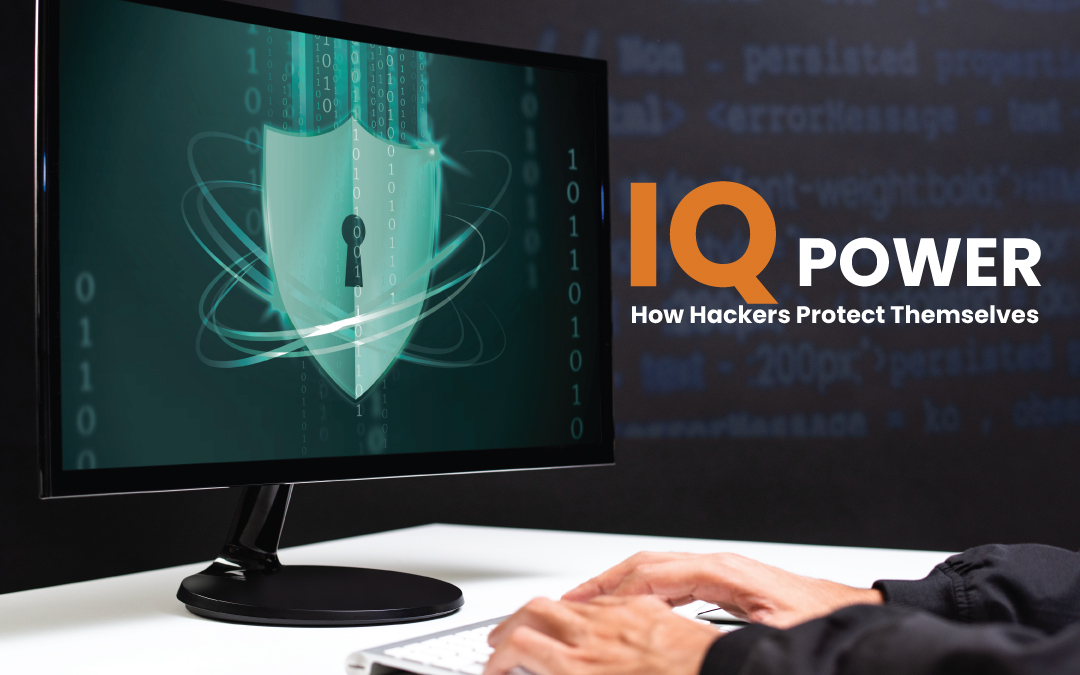
Hackers are highly skilled professionals who examine systems and networks to identify and analyze flaws. Hackers can be classified as "bad" or "good". Bad hackers are attackers whose primary goal is to cause harm, whereas good hackers perform important tasks such as system vulnerability scanning, application security analysis, and pen testing. However, they share one trait: they use their intelligence and knowledge to accomplish tasks.









